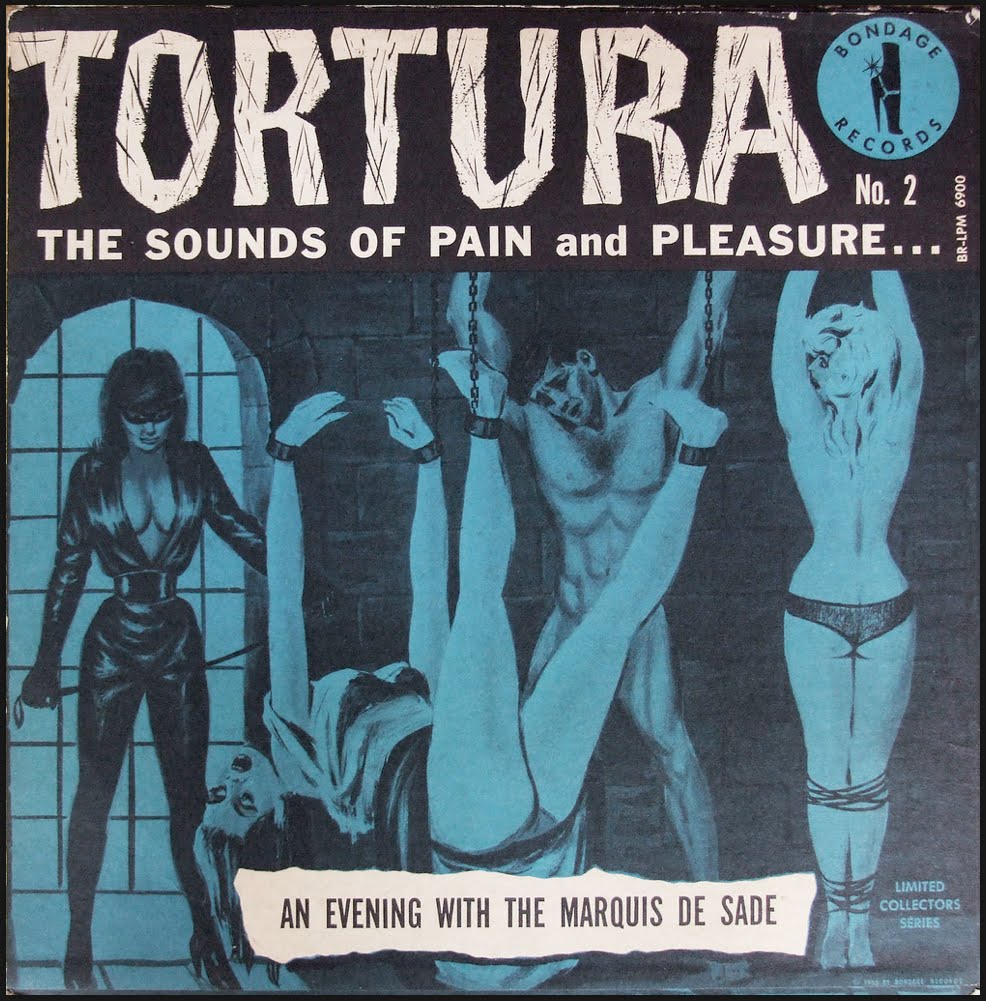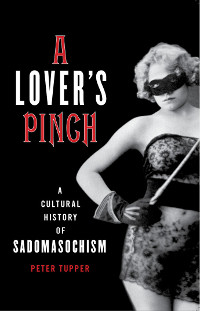From My Retrospace via Sociological Images, a discussion of the maledom-femsub spanking scene in the John Wayne-Maureen O’Hara Western film McLintock:

This image appeared prominently in publicity materials for the film, though in some cases Wayne is using what appears to be a small shovel or dustpan, while in others he is using his bare hand. Presumably this change is to “soften” the image, and perhaps strengthen the erotic connotations.
Also, in some images Wayne and O’Hara are alone, while in others there are plenty of observers, including even children. Often these scenes include a third party of one or more people observing the spanking, a common element of spanking literature and images, which adds elements of voyeurism and humiliation.
One particularly odd example image includes Superman using his x-ray vision to spy on, and control, his robot duplicate as it spanks Lois Lane.

My Retrospace says, “It seems to be all in good fun, right?” while Sociological Images says, “Lady spanking is a manifestation of the infantilization of women.” So how are we, from the perspective of 2010, supposed to view these images? Was this a coded/deflected reference to an uglier reality of spousal abuse in the mid-20th century? Or was this a plausibly deniable reference to sex? Or both?


